Discover 9 hidden attractions, cool sights, and unusual things to do in Kirkcaldy (United Kingdom). Don't miss out on these must-see attractions: Stark's Park, Ravenscraig Castle, and Kirkcaldy Town House. Also, be sure to include Pathhead in your itinerary.
Below, you can find the list of the most amazing places you should visit in Kirkcaldy (Scotland).
Table of Contents
Stark's Park
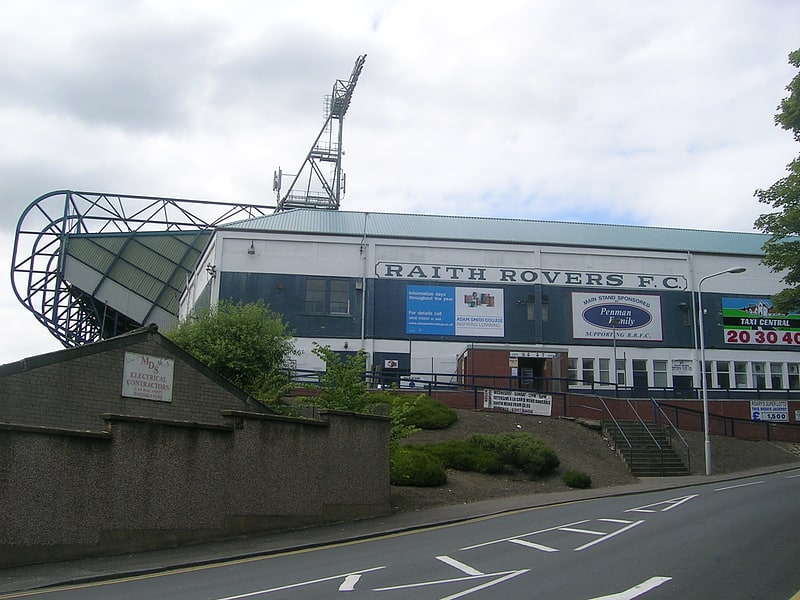
Stadium in Kirkcaldy, Scotland. Stark's Park is a football stadium in Kirkcaldy, Scotland. It is the home ground of Raith Rovers, who have played there since 1891. The ground has an all-seated capacity of 8,867.[1]
Address: Starks Park Pratt Street, KY1 1SA Kirkcaldy
Ravenscraig Castle
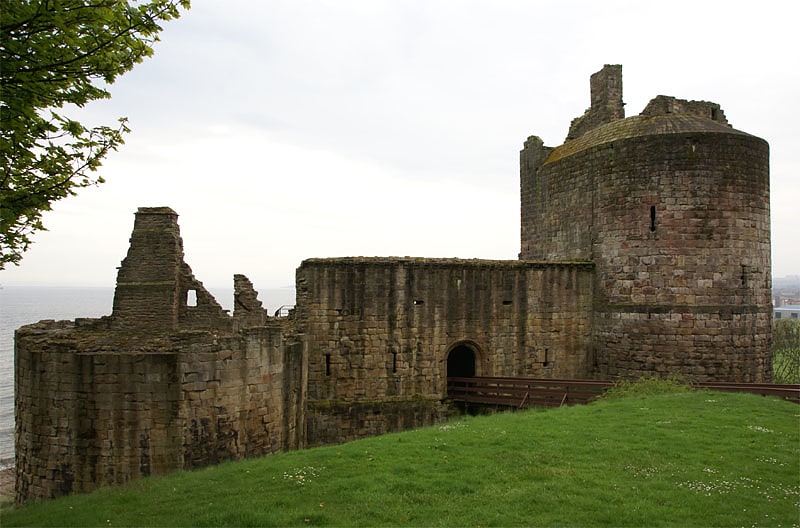
Castle in Kirkcaldy, Scotland. Ravenscraig Castle is a ruined castle located in Kirkcaldy which dates from around 1460. The castle is an early example of artillery defence in Scotland.[2]
Address: Dysart Rd., KY1 2BB Kirkcaldy
Kirkcaldy Town House
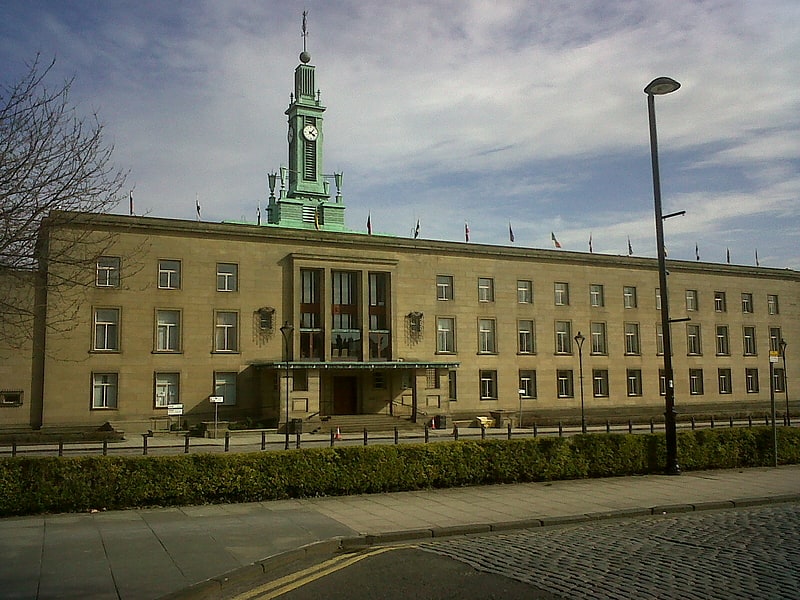
Kirkcaldy Town House is a Scandinavian influenced town hall located in Kirkcaldy, Fife, Scotland. The current town house was begun in 1937, from a competition-winning design by architects David Carr and William Howard of Edinburgh. Only the foundations had been put in place before construction was interrupted by the Second World War. Work resumed on the building in 1950 and was completed in two separate phases between 1953 and 1956. The town house would serve as the headquarters of Kirkcaldy Town Council from 1956 to 1975 and then Kirkcaldy District Council from 1975 to 1996. Today, the role of the town house is the headquarters of the local area committee of Fife Council. Kirkcaldy Town House is protected as a Category B listed building.[3]
Pathhead
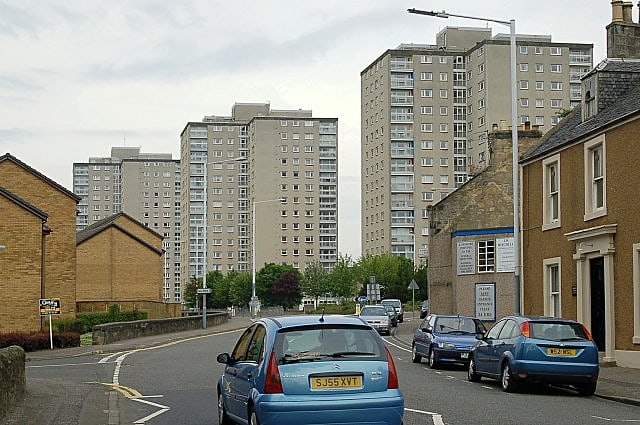
Pathhead is an area of Kirkcaldy, in Fife, Scotland. Pathhead was an independent village before it was incorporated into the Royal burgh of Kirkcaldy.
In Jan Blaeu's map of Scotland from the 17th century reference is made to the village of Peth-heed, present day Pathhead. With the Firth of Forth to the south, Kirkcaldy to the 'west', Dysart to the east, and Gallatown, Sinclairtown and Dunnikier to the north. According to Robert Brodie's Historical Sketches of Pathhead and Vicinity,
"Whatever time it may have begun to appear as a town, we know from good authority that in 1666 there were eighty houses in it. The estate had passed through a number of hands; but, notwithstanding, the feuers had evidently been increasing in numbers. In that year, John Watson, sen. went to law with the feuers for the purpose of depriving them of their privilege of taking stones and clay, fail and divet, from the whole muir of Dunnikier, which they had enjoyed since the year 1608."
The town houses the historic Ravenscraig Castle commissioned by James II in 1460; many of the former premises of the Nairn's Linoleum Factories; and, the Manse in which both O. Douglas and John Buchan grew up. Historically, the village was a centre for nailmaking, Adam Smith's "very trifling manufacture" inspiring his division of labour principle from An Inquiry into the Nature and Causes of the Wealth of Nations (1776). It looks out over the neglected Pathhead Sands, and industry today is centred on Hutchison's Flour Mill and the Forbo-Nairn Plant.
The historic centre of Pathhead is a trio of streets running parallel with the coast: Nether Street, Mid Street and what used to be Back Street, now Commercial Street. Water was supplied from wells at either end of Mid Street and vibrant commerce was centred on the Pathhead and Sinclairtown Reform Co-operative Society of present-day Branning Court, which was established in 1914.
Ecclesiastical life focuses on Pathhead Parish Church, a Dysart extension and in addition to the many extant churches, the village once hosted the now demolished Pathhead West, Millie Street Free Church, United Reform and the stately Loughborough Road Main Church.
Kirkcaldy YWCA has acquired the Pathhead Halls.[4]
Kirkcaldy Galleries
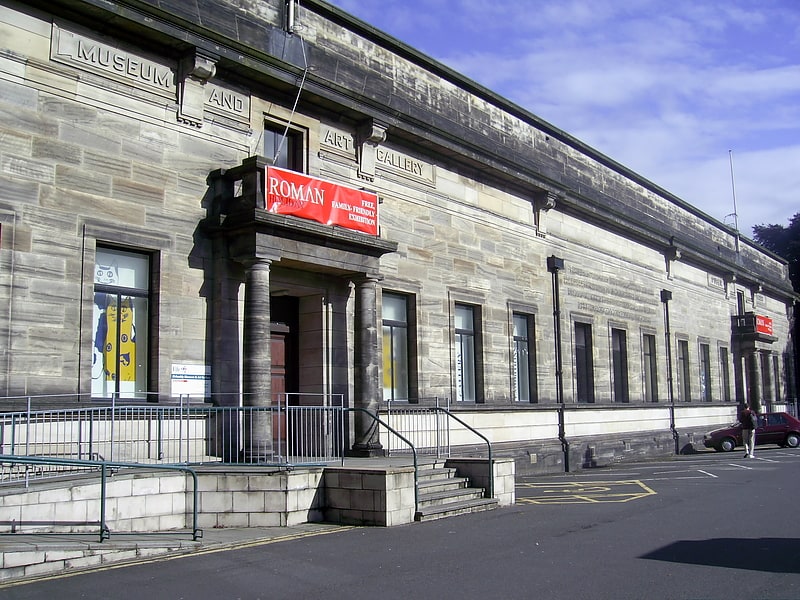
Museum in Kirkcaldy, Scotland. Kirkcaldy Galleries is the main museum, library and exhibition space in Kirkcaldy in Fife, Scotland.
The land for the town's museum and art gallery was donated by John Nairn (the grandson of the linoleum manufacturer, Michael Nairn) on the former site of Balsusney House, the home of John Maxton. This was opened in 1925, with the first chairman of trustees local cloth-manufacturer businessman John Blyth, the maternal grandfather of politician Michael Portillo.
The art gallery holds the largest collection of paintings by William McTaggart and Scottish Colourist Samuel Peploe aside from the National Galleries of Scotland. The museum contains many significant works by the Glasgow Boys. Situated on the ground floor, is the museum's award-winning permanent exhibition covering the town's industrial heritage. The museum also has a cafe which displays examples of Wemyss Ware pottery, made in the town from around the 1890s to 1930s.
In 2012 Fife Council undertook a £2.5m refurbishment of the building, which reopened in June 2013. It now contains a museum, library, children's library, PC suite, cafe, gift shop, meeting rooms, museum, local family and history rooms and gallery spaces.
The Galleries opening was attended by local author Val McDermid, Wolf from Gladiators, MP and former Prime Minister Gordon Brown and artist Jack Vettriano.
In 2015, Kirkcaldy Galleries became the first institution in Fife to display work by American photographer Diane Arbus.[5]
Address: Abbotshall Road, KY1 1YG Kirkcaldy
Harbourmaster's House

Building in Dysart, Fife, Scotland. The Harbourmaster's House is a B-listed 18th-century building located by Dysart Harbour, near Kirkcaldy in Fife, Scotland. It houses the first coastal centre in Fife, which was opened by Gordon Brown in 2006.
It is run by Fife Coast and Countryside Trust, whose headquarters are in the building.
The Harbourmaster's House and Dysart Harbour were used a filming location for season two, episode one of the TV series Outlander.[6]
Address: 4 Hot Pot Wynd, KY1 2TQ Kirkcaldy
Hunter Street drill hall
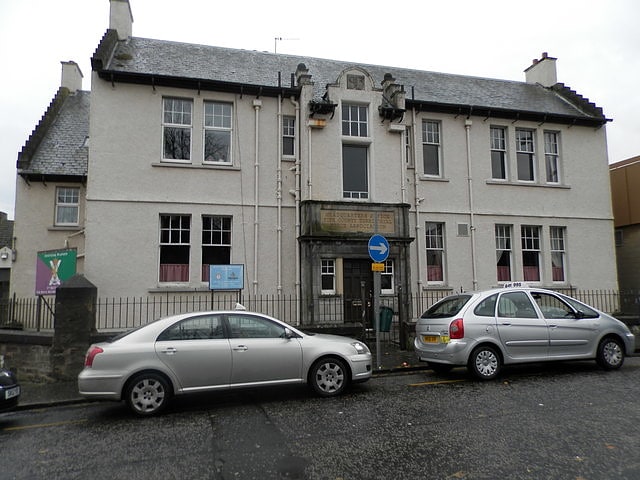
The Hunter Street drill hall is a military installation in Kirkcaldy, Scotland.[7]
Elite Falconry's Wildlife Warriors
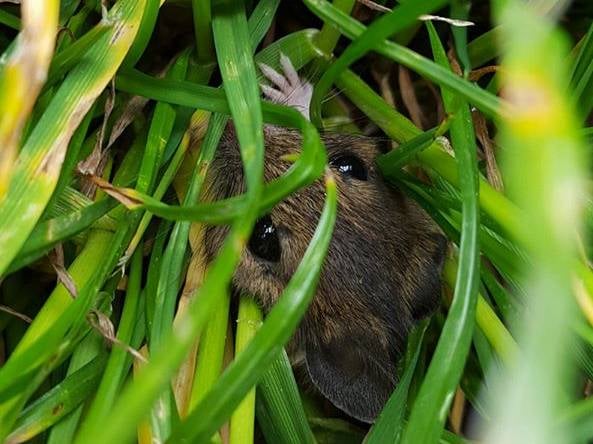
Zoo
Address: Cluny Mains Farm, Kirkcaldy
Mind and Body Studio
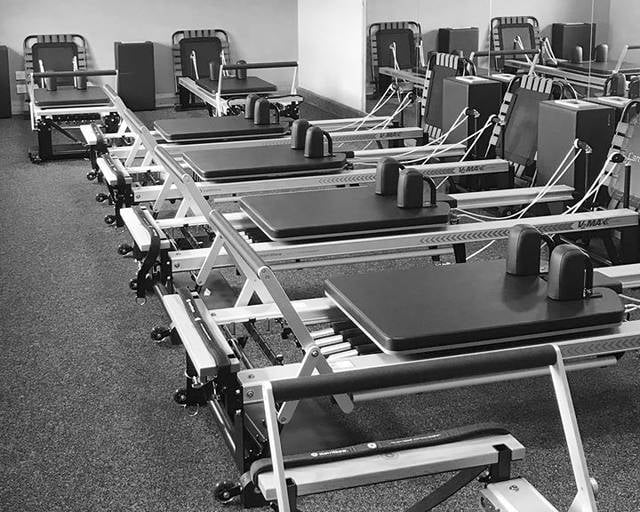
Address: 1 Kinghorn Road, Kirkcaldy